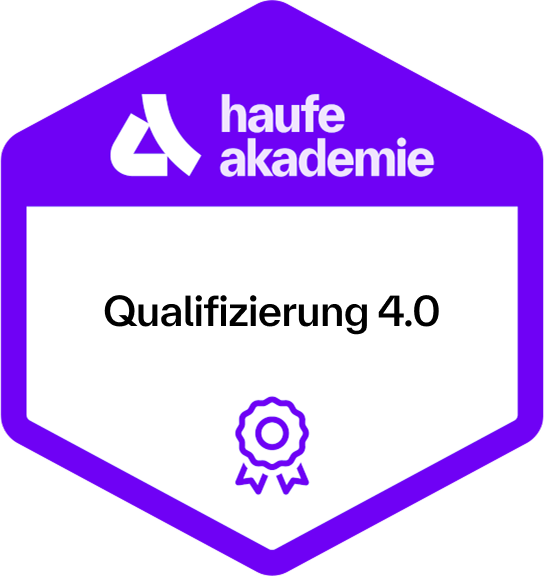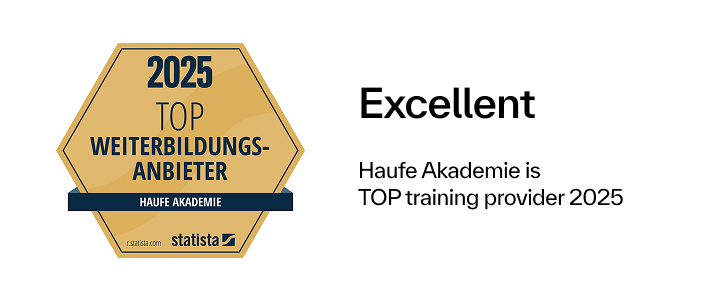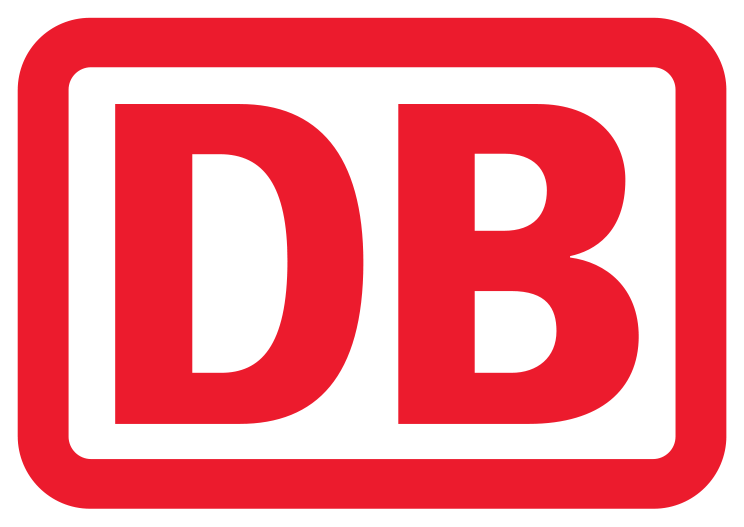Book 2 hours of individual coaching with your trainer.More info
Logistics controlling from A to Z
Optimize processes - reduce costs - measure success

Contents
Basics
- Meaning, correlations, benefits and areas of application of important key figures: When are which key figures useful, where and with what objective?
Key figures and control parameters for logistics practice
- Development of key figures for your own practice, illustration using numerous practical examples.
- Process controlling: e.g. productivity, throughput time, error rate.
- Inventory controlling: including volume variability, stock range, forecast accuracy.
- Production controlling: including OEE, set-up times, throughput time.
- Warehouse/dispatch controlling: including daily up-to-dateness, warehouse fill level, availability level.
- Key figures for the delivery service: e.g. on-time delivery, order throughput time, delivery service level.
- Transport controlling: e.g. transit times, transport costs per shipment.
- Cost controlling: including logistics costs per turnover, determination of process costs.
Development and implementation of a key performance indicator system
Reporting: the cockpit chart
Optimal use of key figures: Methods, procedures
- Instruments and procedures to optimize processes, reduce costs, increase efficiency and ensure customer satisfaction.
- Optimize inventories: including volume variability, ABC/XYZ, range and assortment analysis.
- Making production lean: KAIZEN, TPM, KANBAN.
- Increase warehouse/dispatch performance: including productivity, material flow and order structure analysis, optimized use of warehouse technology.
- Fulfilling customer orders on time: including throughput time analysis, BPR (Business Process Reengineering).
- Efficient organization of transport and distribution: including customer and sales/shipment structure analysis, tender management.
Excursus: Managing with key figures
Learning environment
In your online learning environment, you will find useful information, downloads and extra services for this training course once you have registered.
Your benefit
Numerous practical examples are used to create a solid foundation for the application of logistics KPIs.
- Practically relevant key figures are developed with which inventories and service levels can be controlled and optimized, throughput times can be shortened and production processes, warehousing and shipping can be made more efficient.
- The informative value, benefits and areas of application of central KPIs are well known, as is their use to reduce costs and increase efficiency.
- Suitable measures to optimize efficiency and earnings are derived from the key figures.
- The course also teaches how targeted reporting can be used to present results and correlations in a clear and precise manner.
Methods
Trainer input, practical examples, exercises, checklists, work aids, exchange of experience.
Recommended for
Specialists/executives from logistics, materials/warehouse management and supply chain management. controllers and employees with interfaces to controlling who are looking for up-to-date knowledge and further suggestions for action-oriented logistics controlling.
Further recommendations for "Logistics controlling from A to Z"
7866
Start dates and details

Thursday, 15.01.2026
09:00 am - 5:00 pm
Friday, 16.01.2026
09:00 am - 5:00 pm
Wednesday, 10.06.2026
09:00 am - 5:00 pm
Thursday, 11.06.2026
09:00 am - 5:00 pm
- one joint lunch per full seminar day,
- Catering during breaks and
- extensive working documents.

Wednesday, 26.08.2026
09:00 am - 5:00 pm
Thursday, 27.08.2026
09:00 am - 5:00 pm
Thursday, 15.10.2026
09:00 am - 5:00 pm
Friday, 16.10.2026
09:00 am - 5:00 pm
- one joint lunch per full seminar day,
- Catering during breaks and
- extensive working documents.

Tuesday, 02.03.2027
09:00 am - 5:00 pm
Wednesday, 03.03.2027
09:00 am - 5:00 pm
- one joint lunch per full seminar day,
- Catering during breaks and
- extensive working documents.
 4.5
4.5








